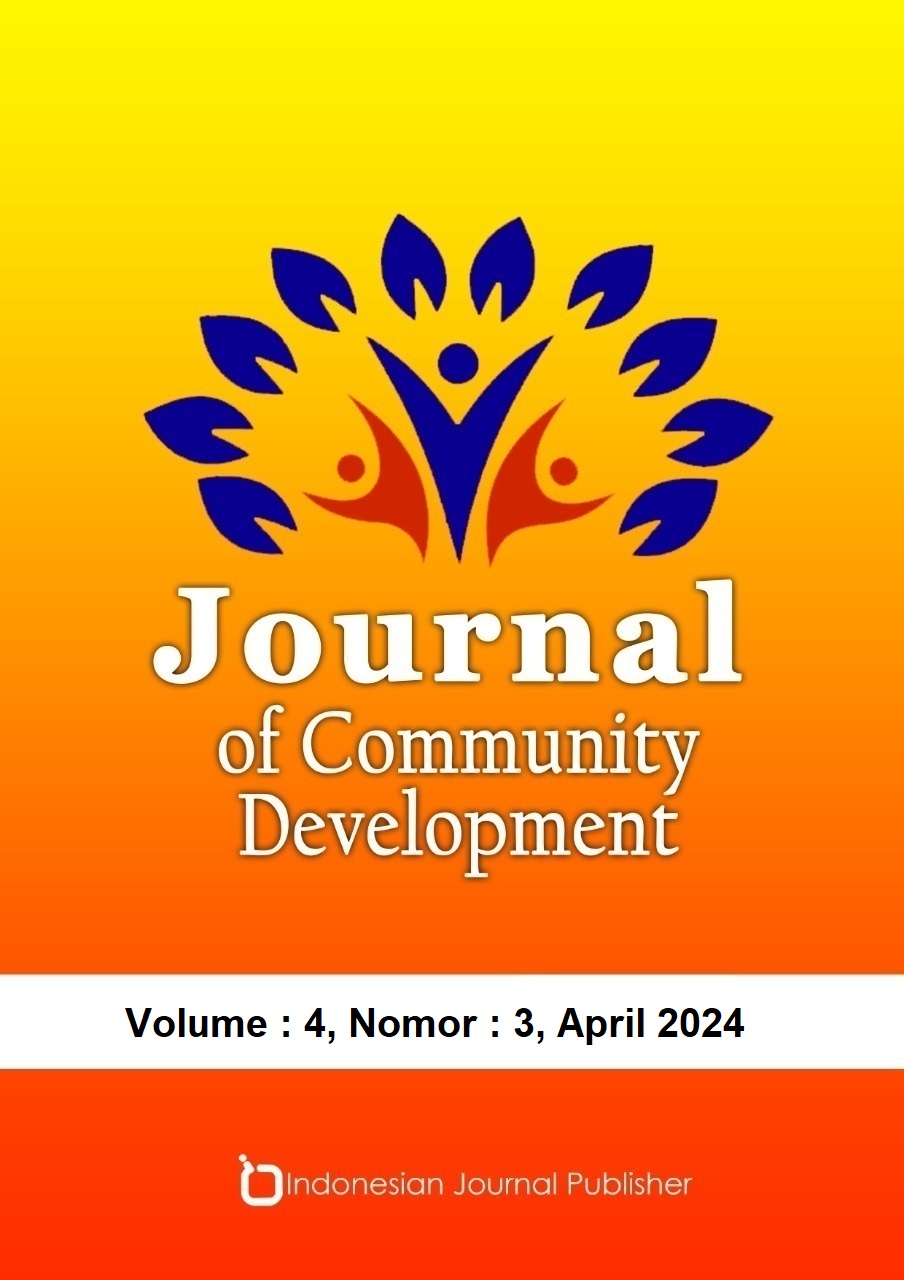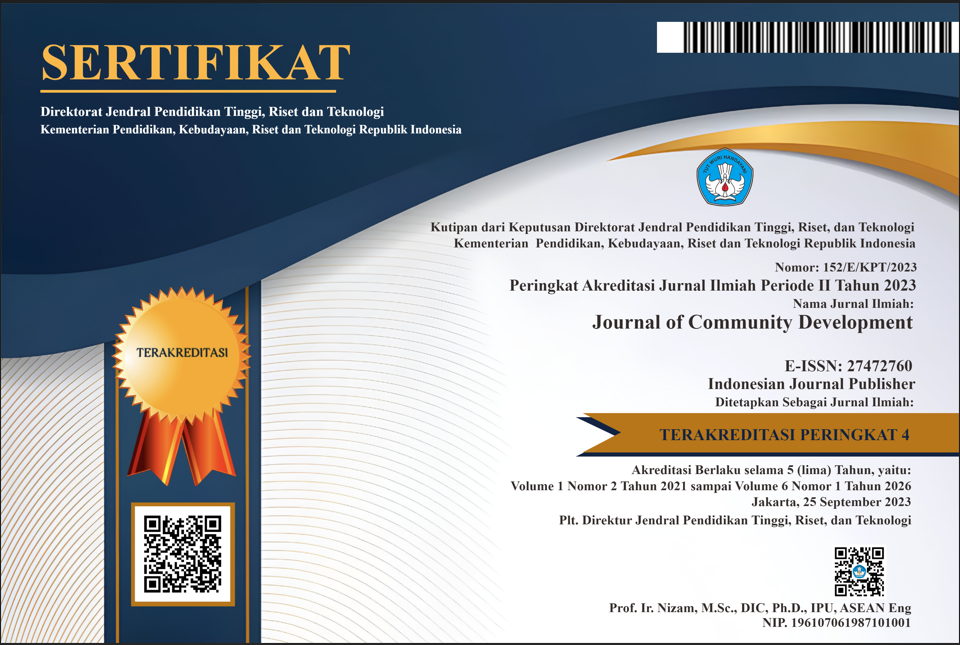Pemberdayaan Masyarakat Melalui Pendidikan Biologi Untuk Menjaga Keanekaragaman Hayati dan Keseimbangan Ekosistem
DOI:
https://doi.org/10.47134/comdev.v4i3.1488Keywords:
Community Empowerment, biological education, biodiversity, ecosystem, conservationAbstract
Biodiversity is an integral part of the balance of ecosystems that support the survival of various living beings on Earth, including humans. However, threats to biodiversity due to environmental degradation, climate change, and overexploitation have led to significant declines in many species and ecosystems. One effective strategy to address this problem is community empowerment through biology education. Through Biology Education, people can acquire the knowledge and skills necessary to understand the importance of biodiversity conservation as well as the ways in which they can maintain the balance of ecosystems. This study aims to examine how biology education can empower the community in an effort to maintain biodiversity and ecosystem balance. Through a qualitative approach, this study explores the influence of biology education programs on increasing environmental awareness, behavior change, and community involvement in conservation activities. The results showed that biology education can improve people's understanding of the relationship between human activities and their impact on ecosystems. This education Program also encourages communities to engage in various conservation activities, such as afforestation, waste management, and protection of local species.
Downloads
References
Barton, D. (2009). Biodiversity: Science and Impacts on the Environment. Wiley-Blackwel
Butchart, S. H. M., et al. (2010). Global biodiversity: Indicators of recent declines. Science, 328(5982), 1164-1168.
Braun, V., & Clarke, V. (2006). Using thematic analysis in psychology. Qualitative Research in Psychology, 3(2), 77-101.
Creswell, J. W. (2014). Research Design: Qualitative, Quantitative, and Mixed Methods Approaches (4th ed.). Thousand Oaks: SAGE Publications.
Erlina, I. A. H., & Rafid, R. (2021). Teacher Strategies in the Implementation of Distance Learning During the Covid-19 Pandemic. Edunesia: Jurnal Ilmiah Pendidikan, 2(1), 178-188.
Halimah, I. N., Irsapuri, D., Lestari, D. P., & Intan, K. A. (2024). Pemberdayaan Masyarakat untuk Pembangunan Berkelanjutan: Studi Kasus Upaya Konservasi berbasis Masyarakat melalui program CSR PT Pertamina Patra Niaga Fuel Terminal Boyolali pada Kelompok Puncak Patra. Jurnal Syntax Admiration, 5(10), 4148-4163.
Reifani, M. K., & Utami, N. H. (2021). Pemberdayaan masyarakat melalui kegiatan penghijauan untuk melestarikan kawasan pantai tabanio kabupaten tanah laut. Journal of Community Service in Public Education (CSPE), 1(1), 7-18.
Sala, O. E., et al. (2000). Global biodiversity scenarios for the year 2100. Science, 287(5459), 1770-1774.
Setiadi, A. (2023). Konservasi Keanekaragaman Hayati Endemik Melalui Ecology, Socio-Economic, Dan Socio-Cultural Approach (Studi Pada Taman Kehati Kokolomboi, Sulawesi Tengah). Learning Society: Jurnal CSR, Pendidikan dan Pemberdayaan Masyarakat, 4(1), 244-254.
Rahman, Y. A., Nurcahyono, O. H., Ummah, S. R., Jondar, A., Supriadi, S., Irsyadi, A. N., ... & Tabroni, I. (2022). Keanekaragaman Budaya, Bahasa dan Kearifan Lokal Masyarakat Indonesia (Resolusi, Pergeseran, Pemertahanan, dan Konservasi Kearifan Lokal di Indonesia).
Taneja, S., et al. (2013). Environmental education and its importance in biodiversity conservation. Environmental Management and Sustainable Development, 2(1), 89-96.
UNESCO. (2005). Education for Sustainable Development: A Global Review. Paris: UNESCO.
Downloads
Published
How to Cite
Issue
Section
License
Copyright (c) 2024 Liza Choirun Nisa, Rahmad Rafid, Rizky Perdana Bayu Putra, Muhammad Fariq Heemal Attruk

This work is licensed under a Creative Commons Attribution 4.0 International License.







